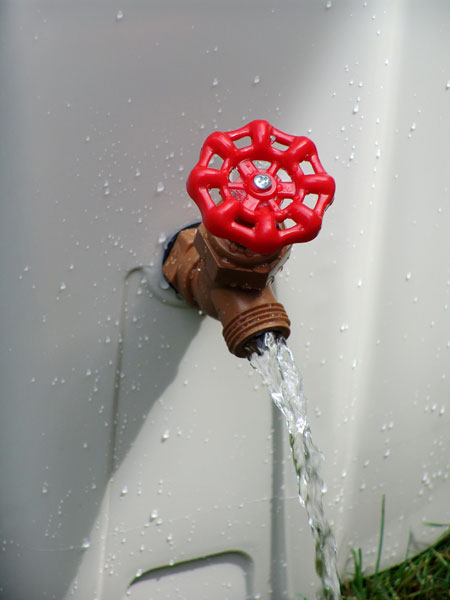Rainwater Harvesting
|
Roof rainwater can be collected and used to improve your lawns & gardens, and used around the house for washing cars, outdoor furniture, and more.
In one year, over 225,000 litres of water (almost 60,000 gallons) falls on the roof of an average North American home with a roof size of 40 x 60 feet. This provides plenty of water for you to harvest and recycle around your home and garden.
Harvesting rainwater can:
- lower your water bill
- preserve your well water supply
- allow you to use water on your own schedule during times of municipal water restriction
- improve your soil’s pH balance (rainwater is slightly acidic, preferred by many plants, flowers, and microorganisms)
- provide clean water for gardening, free from chlorine and salt commonly found in tap water
- reduce storm water run-off, erosion, and flooding
- relieve strain on your municipality’s sewer system
- help protect rivers, streams, lakes and the environment
|
 |
Rain barrels are one of the easiest and economical ways to harvest your rainwater. Multi-barrel installations can provide an extraordinary amount of valuable rainwater around your home and property.
The FreeGarden™ RAIN is the ideal companion for economical, easy home rainwater harvesting. Learn more.

